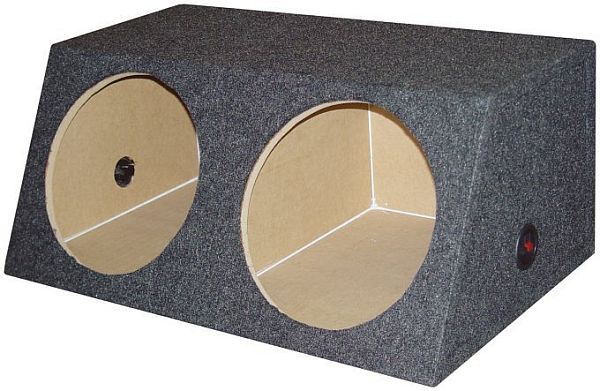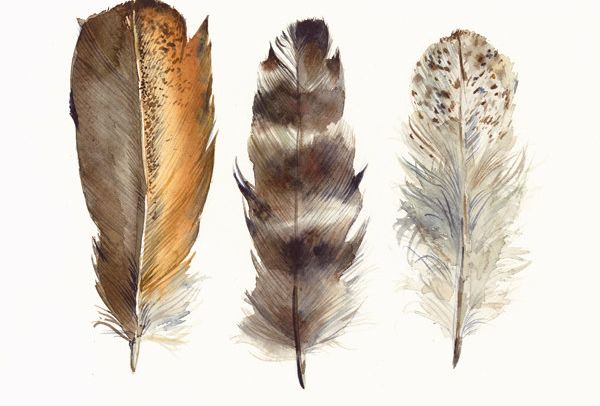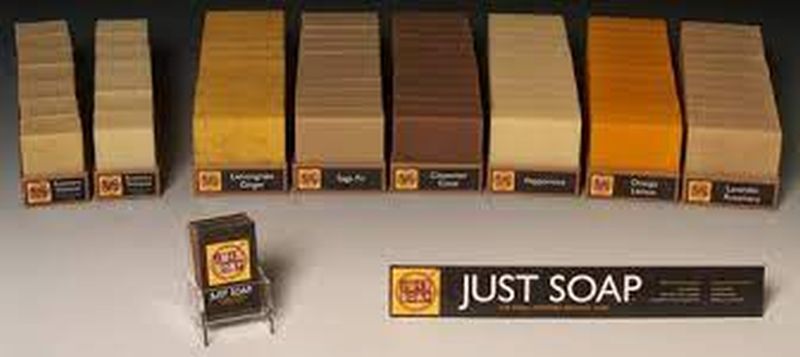There are many reasons why plastic has become such a nuisance. First, it is highly useful. Second, it is extremely easy to manufacture. Third, it is dirt cheap. It would have been the dream material had it been biodegradable as well. However, sadly, it is not biodegradable. Therefore, for the betterment of the environment, we must stop using it altogether. But what about our modern life then? Plastic is one of the fundamental materials upon which our lives rest. Therefore, we cannot remove it. We can just replace it with green alternatives of plastic.
Read More: Is Eco-friendly plastic the answer to plastic pollution?
24Plastic is undoubtedly most most popular synthetic non-biodegradable material present in most of the things around you. Whether it is your car, your mobile phone, the computer or even your furniture, life without plastic seems unimaginable! Not only are plastics very durable but they also last long and have malleable properties. You can mold it into any shape possible. Plastics are carbon polymers which we derive from petroleum. This makes them harmful for the environment.
Top 9 Green Alternatives of Plastic
Plastic resins are resistant to decay or decomposition and hence they end up clogging our landfills leading to land pollution, apart from the health hazards that they pose. Furthermore, even the ocean is filled with plastic. Finding the perfect alternatives to plastic is what is occupying a lot of scientific researches around the world. Here are five such sustainable and eco-friendly alternatives to plastics that can help our environment.
1. Glass
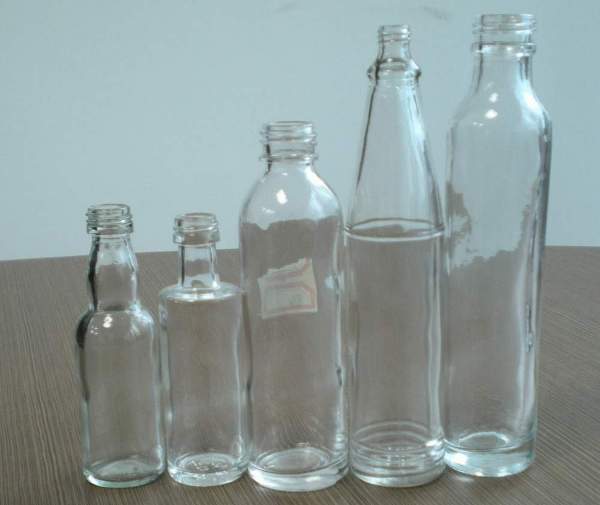
Glass is made from sand, that can be replenished. A long time back, most of the bottles were made from glass. From milk bottles to baby feeders, all were made from glass. However, with the changing times, glass has given way to plastic due to its sturdy and lightweight qualities. However, a collective effort must be made to realize the harms that we are causing ourselves by living with toxic plastic around us. On the other hand, glass is a non-toxic material that can be recycled. It is susceptible to breakage but is nevertheless worth the damages.
2. PHB Biocomposites
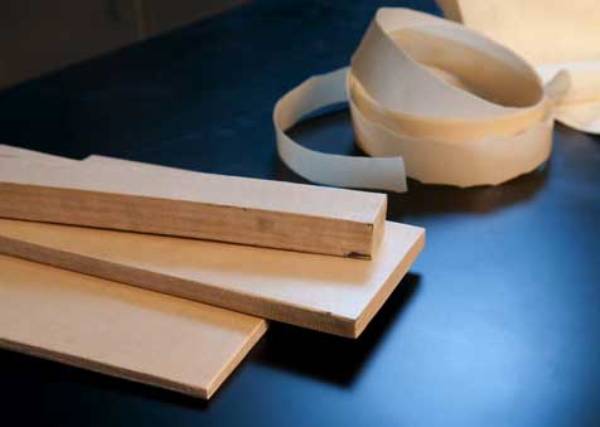
PHB biocomposite is a material that consists of bacteria. It is gradually emerging as the new and perfect biodegradable foil. This material is basically the better version of PHM (polyhydroxybutyrate) which is a final product of the natural fermentation of various kinds of bacteria. It has a close resemblance to the man-made synthetic polypropylene. This biodegradable material is less flexible than plastic, however, it has a great scope in biomedical, packaging and agricultural industries.
3. Liquid Wood

Yet another of green alternatives of plastic, Liquid wood is one of the byproducts of paper mills. It holds a great future for being the new biopolymer or bioplastic. If you feel the material created by liquid wood, then you wouldn’t notice a difference between the two and the only major difference being that liquid wood is 100% biodegradable. In order to make biopolymers, you would need to mix lignin (a byproduct of paper mills) with water and then expose it to a high pressure and temperature to produce a composite material that can easily be molded just like plastic.
Researchers from Germany have made various products such as golf tees, toys and so on with this biopolymer. Earlier, most of the lignin used to be burnt as fuel and today it holds a great promise for being one of the strong green alternatives of plastic.
4. ECM BioFilm
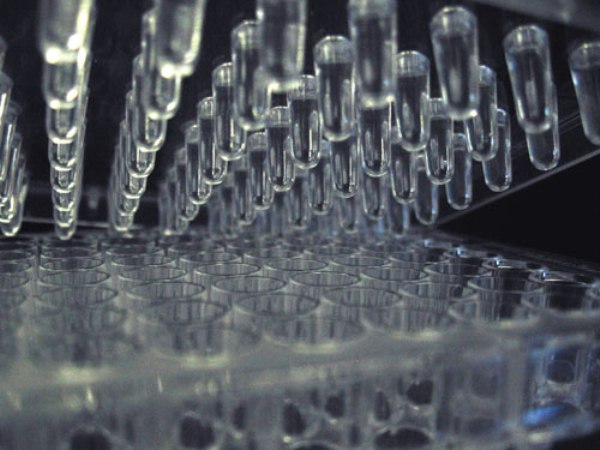
ECM BioFilms Inc. has come out with a path-breaking technology in which plastic can now be biodegradable, which is something very hard to believe! Adding ECM’s additive as an ingredient for making plastic would change the composition of the material by making it biodegradable. The plastic made by ECM has a long shelf life, however, when placed under the soil, it will degrade and decompose completely within 9 months – 5 years time. We can use this invention for a lot of products such as trash bags, diapers and containers that fill our landfills. The research for this technology is still underway,
5. Corn
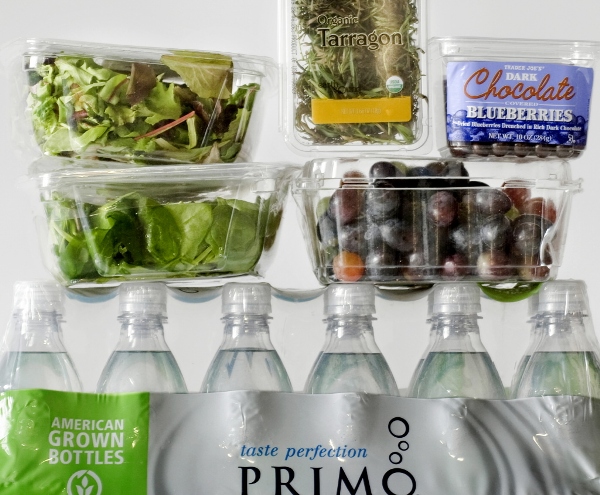
Corn-based plastic is a very good alternative to regular toxic plastic. Scientifically known as polylactides (PLA), this material is consists of corn. It has the capacity to decompose within 47 days without emitting any toxic fumes upon burning. We can use this plastic for manufacturing containers and consumer products. However, PLA has a few negative aspects too.
Firstly, it is comes into being by genetically modifying and mutilating corn. This poses as a health and environmental hazard and may also take longer time to decompose. Corn plastic utensils and cups are popular alongside regular plastic. This is not correct as we should keep them separately in order to differentiate. Some environmentalists also say the corn as a grain would be less for normal consumption if we divert it to plastic manufacturing.
6. Reusable Shopping Bags
Plastic carry bags and shopping bags are omnipresent and can be found in all stores. A very small number of these bags go through recycling whereas majority of them end up their life inside a land fill and the remaining still, inside the ocean. Thus, they pollute our land and water affecting thousands of animal and plant species every year. Using reusable grocery bags, woven plastic fiber, hemp, cotton and leather is the best way to decrease the use of plastics. This would prevent plastics from accumulating.
7. Milk Protein
Milk is the most precious gift of God to mankind. Research shows that we can use the milk protein to produce a kind of biodegradable plastic. We can use this plastic in furniture cushions, insulation, packaging and other products. We can easily achieve this if we convert casein, the milk protein into a material that has the rigidity and compressibility of polystyrene. This milk made plastic is less susceptible to cracking and contains glyceraldehydes instead of formaldehyde.
8. Chicken Feathers
Chicken feathers are yet another form of pollution, would soon be put to use to create a waterproof thermoplastic. The protein, keratin found on these feathers can add strength and longevity to plastics. This sustainable plastic is sturdier and less susceptible to tearing as compared to the conventional plastic and it is fully biodegradable.
9. Liquid Wool
Liquid wool is the latest bioplastic which resembles plastic in all ways but is biodegradable and made from lignin. It is one of the underrated green alternatives of plastic. Lignin is obtained from wood pulp and hence the liquid wool is obtained from a renewable resource. Lignin is combined with the byproducts of paper mills and water and the mixture is heated to create a moldable plastic, which is strong and non-toxic. This can be used in making toys, golf tees and good quality speaker boxes.


